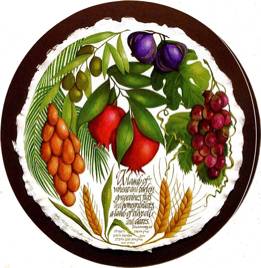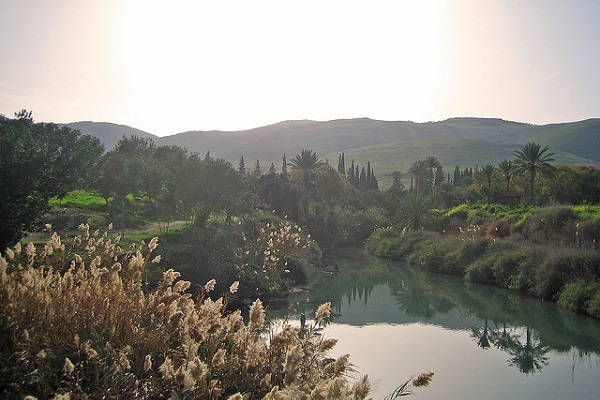The Four Cups: Gifts Of The Land Of Israel
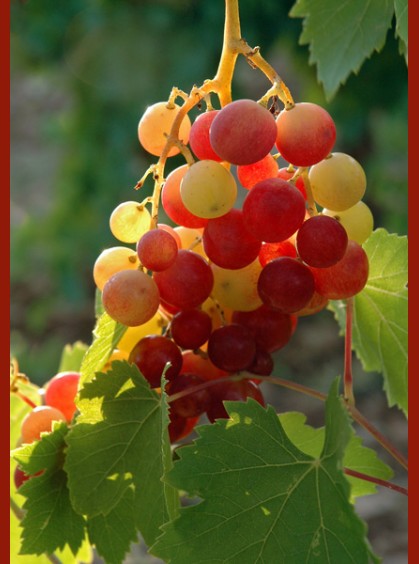
by Michael Brown
The grape is one of the oldest cultivated fruit-trees. In the Torah we read that Noah planted a vineyard after the Flood. The original home of the grapevine is believed to be in the Old World, in the countries around the Mediterranean Sea.
The Torah tells us that when Moshe Rabbenu sent the twelve scouts to spy out the Promised Land, they brought back with them samples of the fruit grown there. The weight of a bunch of grapes, which they had brought, is described as requiring two men at each side of a pole to carry it. Today, Israeli wines are a celebration of our beautiful vineyards scattered in various regions throughout the country! Maybe you can enjoy one at your Tastes of Israel Tu B'Shevat Seder!
Though there are few hard and fast rules regarding a Tu b'Shevat seder, it generally revolves around four cups of wine.
First cup of wine

The first cup should be white wine or grape juice. It symbolizes the stillness and dormancy of winter.
According to kabbalistic interpretation, three of the world dimensions of creation are associated with different fruits or nuts. The fruits eaten with this first cup are associated with the kabbalah world of Asiyah, the level of existence at its most basic. It is represented by fruits and nuts with an edible inside but an inedible outer shell or peel. Examples are citrus, melons, bananas, pomegranates or nuts with hard shells.
Second cup of wine

The second cup is white tinged with red, to symbolize the beginning of spring and the earth's awakening. With this cup, we recognize the gradual and orderly turning of the seasons, the background against which we lead our lives.
"To every thing there is a season, and a time to every purpose under heaven." (Eccl. 3:1)
This cup is associated with the world of Yetzirah, the world of formation - the process of creating something out of something else. It is represented by fruits with a soft, edible outside but a hard inner pit, such as plums, apricots and mangoes.
Third cup of wine
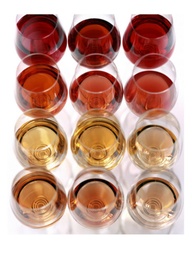
The third cup is two-thirds red and one-third white. It symbolizes spring overtaking the winter dormancy and the rush of new colors in the landscape.
It is associated with Beriah, the level of Divine Creation - of causing something to arise from nothingness. It is represented by fruits that are totally soft and edible: raspberries, grapes, strawberries, with nothing interfering with the experience, just as this world is nearer to God, and so there is no obstacle to our communication with God.
Fourth cup of wine
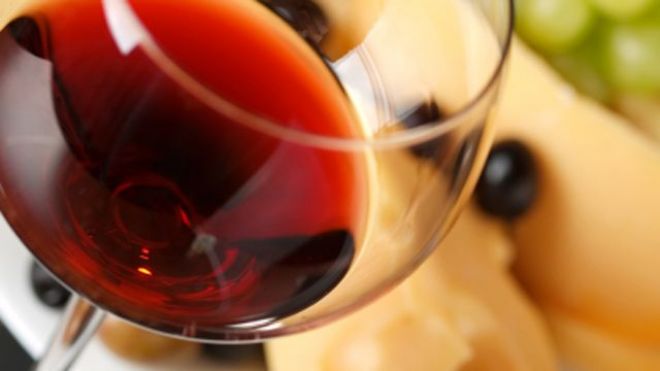
The fourth cup is entirely red. It symbolizes the full arrival of spring and the vibrant life of a new season.
It is associated with Atzilut, the world of divine emanation. This is the world of silence, nothingness, precreation. This world cannot be symbolized by a fruit's physical characteristics. It can only be suggested by the scent of a fragrant fruit or flower.

